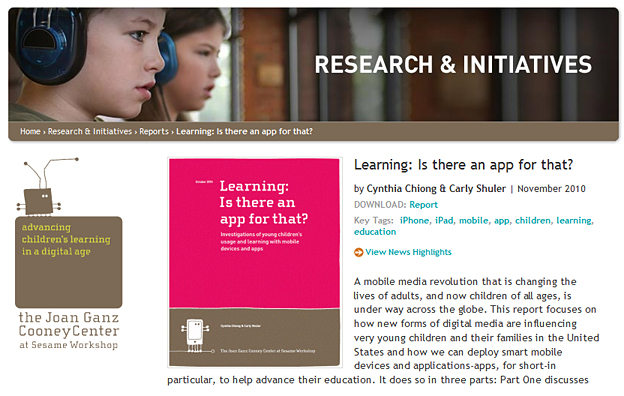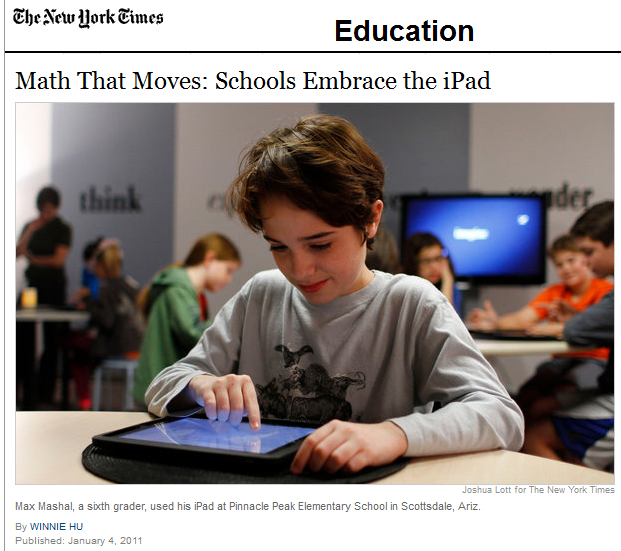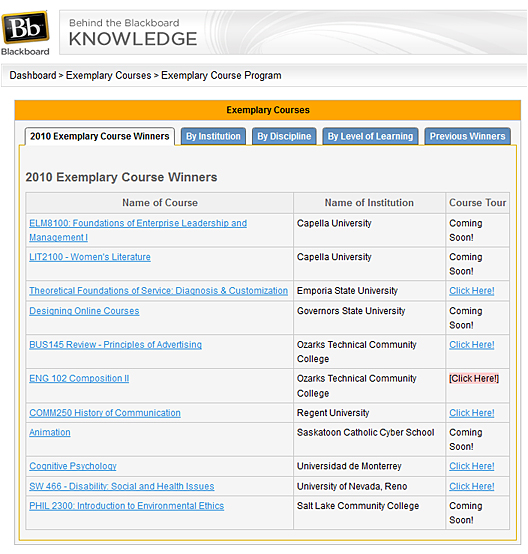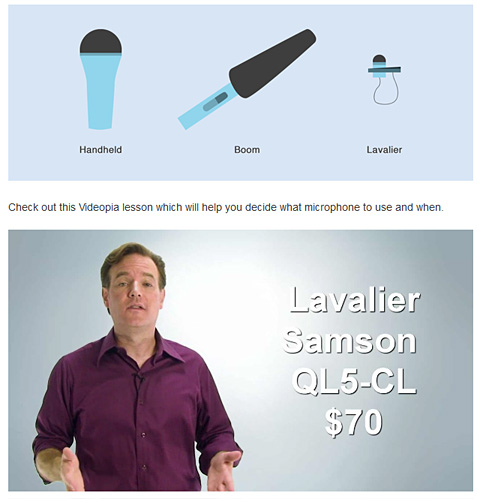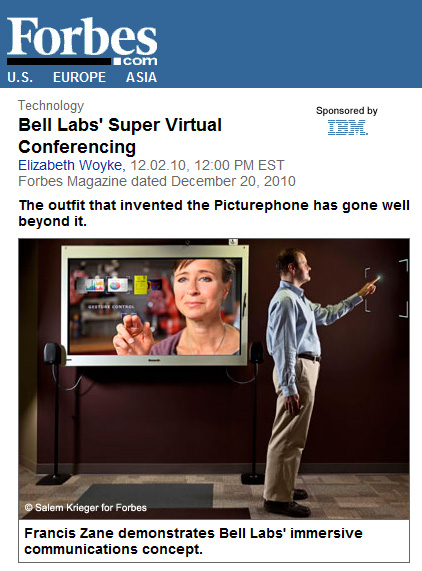The powerful ‘power of story’ — from storycentral DIGITAL
Excerpt:
Robert McKee also has some theories on what constitutes ‘story’:
Story is about eternal, universal forms, not formulas.
Story is about archetypes, not stereotypes.
Story is about thoroughness, not shortcuts.
Story is about mastering the art, not secondguessing the marketplace.
Story is about respect, not disdain, for the audience.
Story is about originality, not duplication.
Addendum 1-12-11 — also see:
- Tell me a story… — from The Upside Learning Blog by Aneesh Bhat
Example excerpts from 2010 University of Nevada, Reno
Best Practices
When asked to identify three best practices achieved by this course, one course reviewer wrote: “In all honesty this course is so well done that choosing three is like saying you have a favourite child. I really can’t do it.”
Organized and intriguing layout
- The overall layout of the course is great. Students should not have any difficulty with navigation.
- The content is provided in appropriate chunks in both text and as narrated presentations with a text transcript. I think this would appeal students of all learning styles.
- Overall organization and consistent,uniform design of modules makes the progression of learning intuitive and exciting. The modules include introductions and objectives, a variety of media, self-checks, and multiple assessments.
- Each unit is clearly defined with goals and objectives. The instructor does a very nice job connecting one unit to the next by providing a welcome at the beginning of each unit which recaps the previous unit and introduces the new unit.
Innovative use of technology
- The extensive use of video and screencasts is wonderful.
- The active use of the Voiceboard tools is fantastic.
- The use of voice chats and voice boards make interaction and collaboration more effective than the usual discussion boards.
- This course strategically places these tools where they can best be utilized to meet the objectives – this course not only uses great technology, but also uses it in a pedagogically sound manner.
- The Soapbox Moment blog is a wonderful tool that allows the instructor to voice his/her viewpoints in the most appropriate place, helping him/her to remain neutral in other discussions and let his/her students’ thoughts flow freely. The soapbox uses current issues that are directly related to the course and allows students to apply what they have learned to real-world situations.
Interesting content
- The Getting Started Activities, including a course tour and the use of Camtasia for the first week Assignment, were a really great idea.
- The orientation is execellent. The instructor does a great job explaining the course goals and objectives as well as taking time to make students feel comfortable. In the orientation you get the sense that this instructor is available and accessible for students.
- The self check exercises and varied assessments are appealling. The proctored exams ensure the integrity of the course.
- The interactions and outcomes, reflected in student testimonials, show a community at work!
- The inclusion of guest speakers is a wonderful design practice. Students can gain some real world experience by interacting with subject matter experts, who have experience in particular content areas.
- I enjoyed the final discussion project, which incorporates the use of peer-review. Students are given the opportunity to engage with classmates, receiving and providing feedback.
Textbook publishers and rich media — from Higher Education Management Group
The competitive landscape of textbook publishing has changed and it’s not going to get easier for the traditional parties. However, I think it’s possible for the industry to regain the advantage that made them such a strong presence for decades in education. To do this, publishers will need to determine how – given the new market conditions – their competencies, brand and infrastructure can produce a competitive advantage – and to ensure that this new market position meets the needs of the new higher education market. Easier said than done, right? But the funny thing is that this new strategy will mean the publishers return to what made them the great presence in the first place. Let me attempt to unpack this before I get anymore abstract.
5 e-book trends that will change the future of publishing — from Mashable’s Business Section by Philip Ruppel
(Philip Ruppel is the President of McGraw-Hill Professional, a leading global publisher of print and electronic content and services for the business, scientific, technical, and medical communities)
1. Enhanced E-Books Are Coming and Will Only Get Better
2. The Device War Is Nearly Over
3. The $9.99 E-Book Won’t Last Forever
4. The Contextual Upsell Will be a Business Model to Watch
5. Publishers Will Be More Important Than Ever
Capturing good sound — from Vimeo.com by Matt Schwarz
Any filmmaker today will agree that capturing sound correctly is just as important as capturing the image itself. Sound can make or break a professional or amateur production, so making sure you know your way around a microphone can’t hurt. So let’s go over some basic ways to capture sound and take your video to the next level of awesomeness we all know it can be!
Challenges Seen in Moving to Multimedia Textbooks — from edweek.org by Katie Ash
Supporting the use of multimedia-rich and interactive textbooks in K-12 will require much more digital bandwidth
“Right now, as long as all we’re doing is PDF files, the bandwidth and infrastructure in Virginia isn’t going to be a problem,” says Lan W. Neugent, the assistant superintendent of technology, career, and adult education for the Virginia Department of Education.
“But we’re going to see books become multimedia extravaganzas,” he says, “and the minute that happens, then suddenly the bandwidth is going to be pitiful.”
Gee Rittenhouse sees a future in which an executive running late for a meeting pulls his car to the side of the road and calls into a videoconference. He sets his phone on the dash and adjusts the settings so his image appears to the others as if he were in the same boardroom with everyone else. He chats with the people onscreen and pulls up a virtual PowerPoint, flipping through slides with a gestural swipe through the air. When it’s over, these people separated by thousands of miles go back to their physical surroundings having spent the last half hour feeling like they were a few feet apart in a conference room.
This vision is becoming reality at Bell Labs, where Rittenhouse is research chief. Alcatel-Lucent’s innovation shop, the same one that brought you the Picturephone in the 1960s under AT&T, recently unveiled its great-grandchild, an application called immersive communications. It combines all the “realities” into one: physical, virtual and augmented (reality superimposed with sound or graphics).
- Adobe Ends Development of Project Rome — from The Journal by David Nagel









